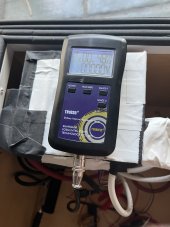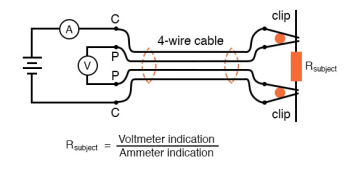Yup.... I wonder about this too. In the DIY world we tend to fixate on doing crazy-ass stuff to minimize a possible problem....but in the bigger picture it may not be a big enough problem to even worry about. @Will Prowse likes to point out that for solar, the ultimate demise of the battery is likely to be calendar aging and he has a very good point. All these things we do to try to get the batteries to last longer may not make one iota of difference in the long run.
My main concern is that when batteries are full/empty that the rest will see a higher current, until there is only one left. I assume there will be current protection in the BMS, depending on the BMS and not have to rely on manually having to reset breakers. But communication and some management would be nice to have especially for server rack batteries.Some DC power supplies can be paralleled. Usually that means one sits in CV mode while another is in CC at times.
A "400V" battery made from 48V batteries and boost circuit could, with communications, share current and synchronize SoC.
A battery bank with BMS can't do that, not unless some SMPS is build in, e.g. a buck converter designed for CV/CC operation. It just contains cells and FETs.
If you need a significant distance between batteries and inverter, putting a busbar near inverter and running longer wires from individual batteries may help with balancing, using resistance of the wires. That could help reduce impact of differing internal resistance, at least somewhat.
Anyway, following this thread with interests.






